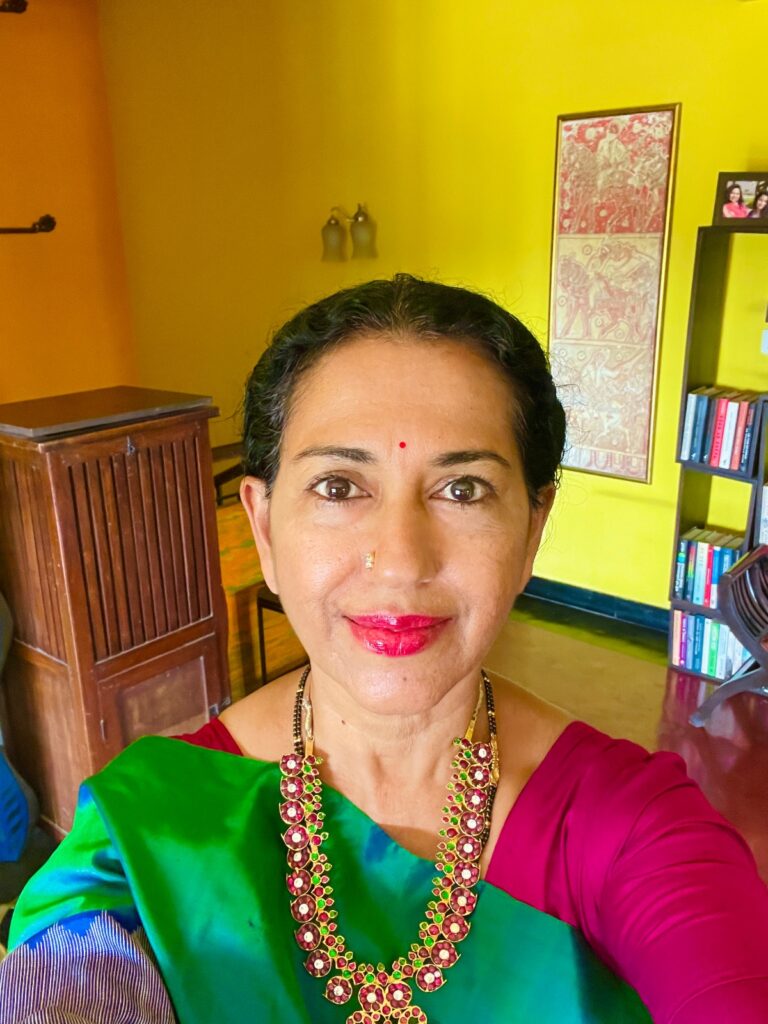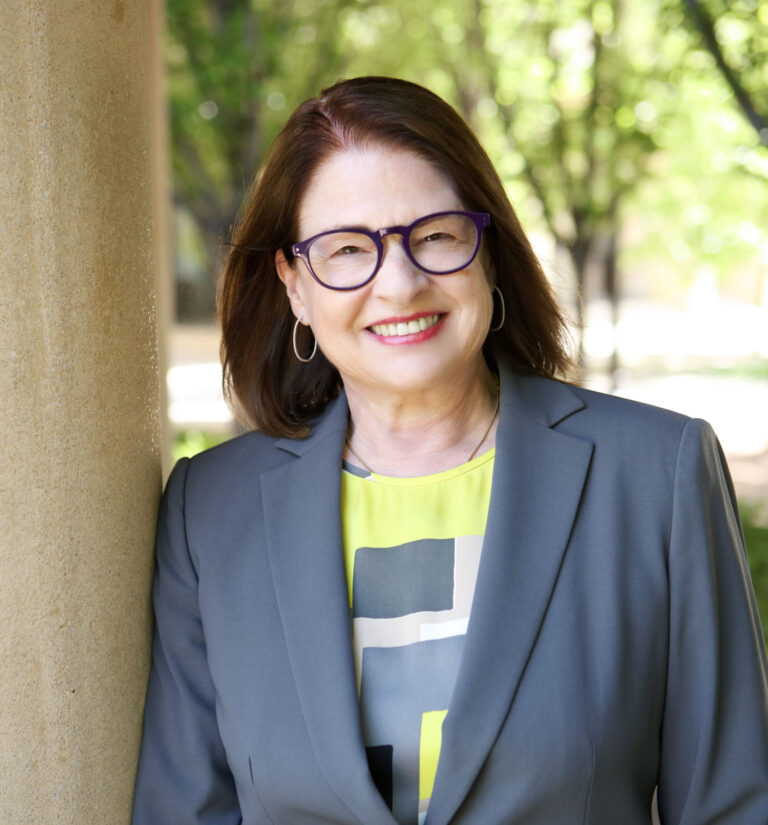About the Author :
Shoba Narayan is the author of five books. As a journalist and columnist, she writes about health, relationships, travel, food and culture for global publications, winning a James Beard award and Pulitzer Fellowship. She has taught and lectured at universities in India (IIM-B and IISc) and abroad. She is the host and anchor of Bird Podcast: about birds and nature. She enjoys wine, studies Jung and is a gadget geek. Her lifelong mission is to get fit without exercising and lose weight without dieting.

In 2018, the Stanford Center on Longevity launched an initiative called The New Map of Life. The headline for the initiative simply read:
“The 100-year-life is here, and we are not ready.”
What does this mean? Simply put, barring unforeseen circumstances, we all can expect to live longer than our parents or grandparents. But are we designing lives for longevity? I am not sure. But we need to think about this.
For our parents and grandparents, life was linear. You were a student, then a householder and worker, then you retired. Today, things are a little more complicated. People pivot mid-career to something quite different. Entrepreneurs take the plunge at 50. Students take a year off and sometimes drop out of college altogether. Women (and some men) take time off to raise kids and then come back into the workforce. People decide to be gig workers rather than employees. This zig-zagging is both frightening and freeing.

Say you are 54 and you are reading this essay. Okay, you think, let me redesign my life to adjust for the fact that I may live longer. What would you do? Would you buy that Lamborghini that you have been dreaming about with the money that you have put away for medical emergencies? Before you say, of course not, just think for a minute. You are only 54. If science is to be believed, and barring medical misfortunes, you have a good 20 years of productive life ahead of you. Isn’t that enough to replenish your savings? Isn’t it time to live your dream?

As you can tell by now, the old linear and rigid models of going through life may be turned on their head. In the past, we were told to slow down at 55 and retire at 65. This is no longer necessary. Instead, you can continue to incorporate work, pleasure, family, education and enterprise into your lives till you are 75—at least. How to do this?
One thing that seems to be obvious is a nimble mindset that learns and—equally important—unlearns— as you age. Let me make this personal.
For me, as a writer in my fifties, I have a choice right now: I can learn and engage with Chat GPT or not. I can engage with AI (Artificial Intelligence) or not. I can learn about new forms of content creation that include interactive personalised videos that play well on Tik Tok and Instagram—or not.
Now, I don’t consider myself a tech novice. I have learned to maintain my own website and love apps. But it still scares me to go down the road of Chat GPT because it means unlearning everything I thought I knew about writing. It means learning to engage with an algorithm and improve on it. But if I want to stay nimble, I have to do it. I have to do those things that frighten me. I have to learn to do things that I did in the beginning of my career even though I think of myself as a “senior” journalist. I have to pitch editors on topics that I know little about— bitcoin, AI, block chain and NFTs because, guess what, that’s where the money is. Adapting to new fields is happening at warp speed in every profession, be it finance, medicine or journalism. We all have to keep up or run the danger of being left behind.

A good way to keep up is to start something new, be it a business or a product. A start-up forces you to cultivate the beginner’s mindset. Today, more folks are pivoting to second careers or start-ups in their forties and fifties. The rationale is that they will still get a good ten to fifteen years to grow the business. As a woman, I have been thinking a lot about this. Common wisdom says that you need to start new things in your twenties and thirties. But for women who elect to raise children, this paradigm could flip. You could ramp up your career after your kids are in high-school, when you are in your forties or fifties. My kids are not home now. I have the time and the energy to go full-steam ahead, take on multiple projects or even start something new. This too is liberating, and it must be said, a little scary.

Age and maturity have certain strong benefits though. A number of studies have talked about the U-bend of happiness, suggesting that we are unhappiest when we are middle-aged and that happiness increases as we age. Scientists give a lot of reasons for this. As we age, we face our mortality and adjust our expectations of what we expect from not just life but also from ourselves. We take stock and realise that we cannot be that hip millionaire rock-musician with perfect lives and kids. The ups and downs that we have surfed and endured teaches us humility, gives us perspective. Even ideas of what happiness is changes as we age. In an interview, Dr. Laura Carstensen, director of the Stanford Center on Longevity says that happiness in older adults is nuanced. “They are more likely to experience joy with a tear in the eye than younger people are. We see a kind of a savoring and an appreciation, that’s what captures the emotional experience. It is not a uniform, simplistic, happy.”

As we age, we are often asked to give advice to young adults starting their careers, and there are many things that we say about spending, saving, and forming relationships. But here is one mind-boggling fact. The way we humans are ageing, you may well be a young adult if you are in your forties. And 60, to quote the old cliché, is the quite literally, the new 30.
Your best years are ahead of you. The question is: what are you going to do about it?
Read more blogs by Shoba Narayan on WisdomCircle.






